Incremental Commitments: The way to sure footed selling
When does conversion happen?
According to conventional sales wisdom, a lead first becomes a prospect. Later when objections are overcome and the deal is closed, that’s when the prospect gets ‘converted’ into a Customer. Not really, say Frank V Cespedes and David Hoffeld in their article To Increase Sales, Get Customers to Commit a Little at a Time published in Harvard Business Review (July 20, 2016). Research indicates that this is not the way people buy, the article argues.
End of the sales process: The worst time to address objections
Potential buyers today, access websites, whitepapers, social media and network of other buyers as they explore, evaluate and engage in purchase decisions. This typically means that prospects think over their objections, long before the traditional ‘close’ of a sale. So a buyer’s mind is almost always made up even before the salesperson approaches closure. At this stage the buyer simply opts out citing a socially acceptable rationale such as price, which may not be the real barrier to buying. The article concludes therefore that the end of a sale process is possibly the worst time to address objections.
Incremental commitments – A better alternative
So what can be a better way? To address this reality, salespeople should ask prospects to make incremental commitments throughout the sales process. Here is how incremental commitments work:
- Gauge commitment throughout the sales process – Use an incremental approach to glean more information from prospects and gauge their commitment all through the sales process.
- Distinguish between comprehension and commitment – Using incremental commitment distinguish between ‘comprehension’ and ‘commitment’. Salespeople are traditionally taught to listen for cues such as “that makes sense” or “that’s a valid point” and watch out for nonverbal signals such as head nods. But these cues mean no more than a confirmation that the sales talk has been understood. Clearly they do not reflect any commitment towards buying.
- Seek action, however small, to confirm commitment - As opposed to simple comprehension, commitment involves action. The article suggests - “For instance, if you were to periodically prompt prospects to confirm that they agree with the data or objective you’ve cited and then ask them if they’d be willing to act on that commitment via some small action, you’d receive much clearer feedback. If the prospect commits, you can move on, if not, you should identify the objection or barrier, and deal with it”.
- Ask for commitments to identify objections early - Because incremental commitments are vital for successful closure, there has to be a conscious effort to secure them. As a rule, the earlier objections are identified, more likely the sale will occur.
- Use incremental commitments to beat the ‘endowment effect’– Unless the proposed benefits of a new product or service significantly outweigh the perceived losses and discomfort of switching, prospects tend to stay with what they know. This phenomenon is known as the ‘endowment effect’. Incremental commitments can help overcome such status quo inertia.
Examples of how incremental commitments work.
The article cites three interesting examples of how incremental commitments work.
- Charitable activity - In one study, after 80% residents in a neighborhood refused to put up a large “Drive Carefully” billboard in their front yards, researchers had better luck in a nearby neighborhood where they requested residents to display a smaller, three-inch sign “Be a Safe Driver” which met with almost universal acceptance. Two weeks later, when this second group was asked to put up the larger bill board, 76% agreed.
- Truck maker - In another example of the power incremental commitment, a designer and manufacturer of premium trucks uses an online interactive that shows potential customers the expenses that accrue from owning a truck, over a life time. It quantifies the benefits of their trucks over those of the competitors. This helps prospects not only appreciate the relative economics but also make small but meaningful commitments during the search and sale process, alleviating their apprehensions. It also helps company to gauge the willingness of Customers to commit before deploying expensive resources to close the deal
- Provider of complex technical services - The third example is that of a complex technical service provider in the telecom space. The company chose to do demos at various parts of the buyer journey instead of long drawn and expensive proof of concept meetings with multiple groups within the customer’s organisation. This increased close rates, freed up sales resources and shrank the selling cycle
Incremental commitments are now measurable.
News sales enablement tools such as Showpad make it possible to measure incremental commitment as a pipeline activity, answering questions like – Did the prospect look at the price list? Did she share the document with others? Which collateral or trial offer generates action?
Key Takeaway – Always be Closing but via incremental commitments.
The key takeaway from the article is this – Don’t treat closing as the last step of a linear process. Instead, you should always be closing – throughout the sales process via incremental commitments. That’s the high road to sure footed selling.
The article as published in the HBR of July 2016 is here.
In Essence annotates published articles of value to the Sales Community. It is an effort to bring insights within reach of Sales Leaders in ways that enable quick assimilation and action. Mercuri International acknowledges the authors and the publications for the insights.

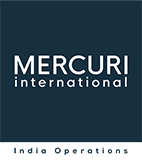
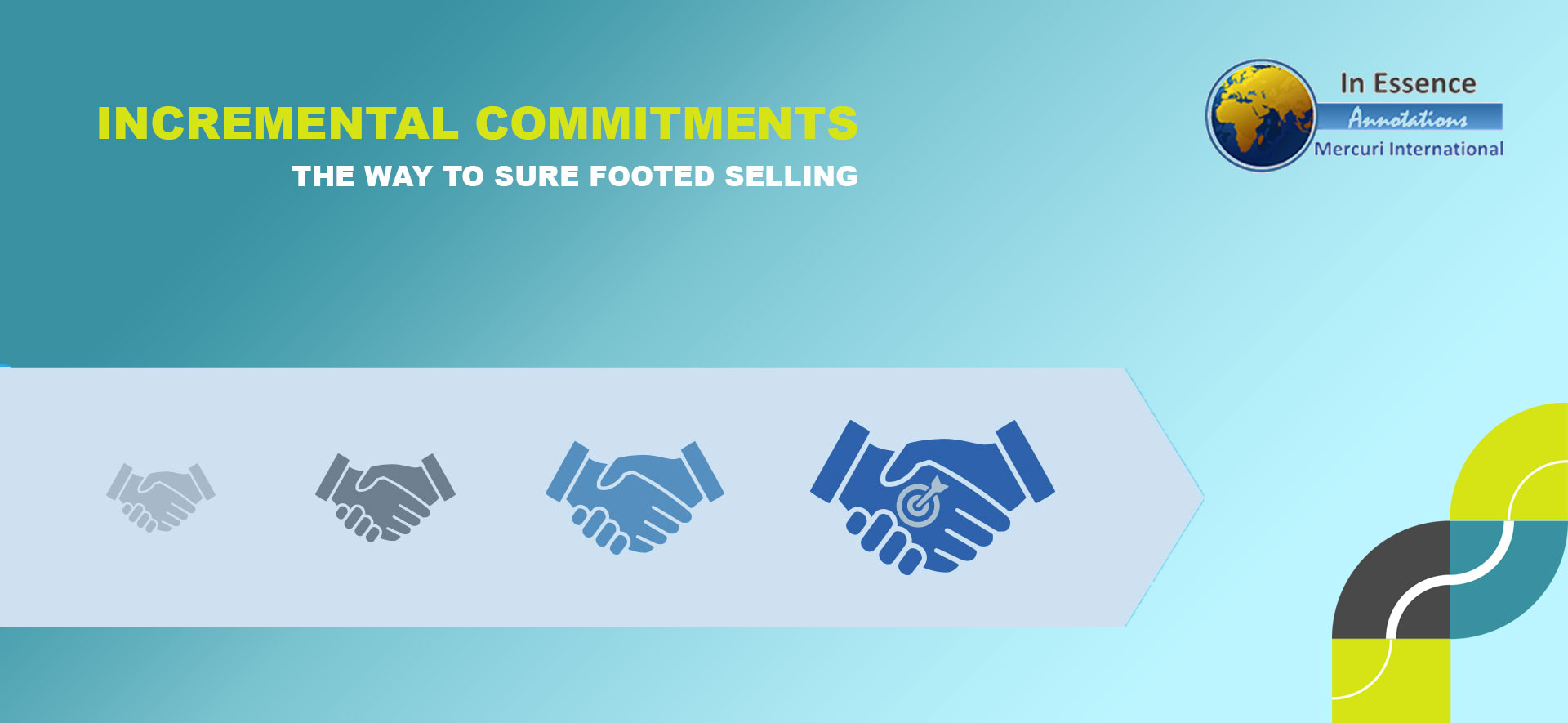

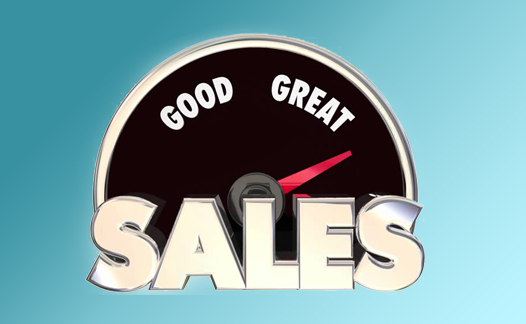
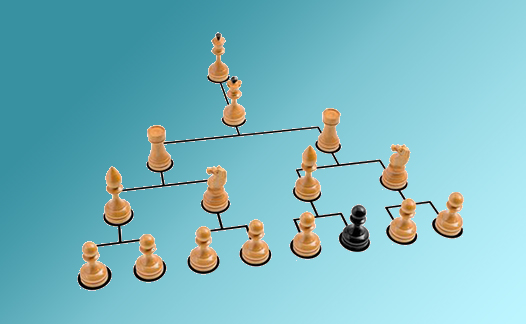

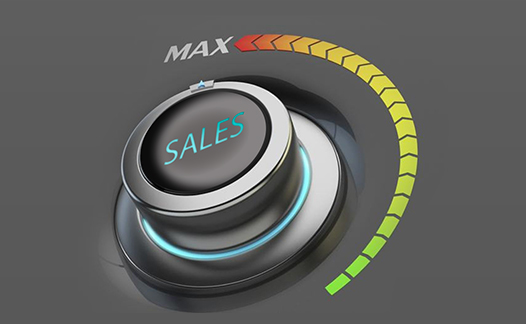

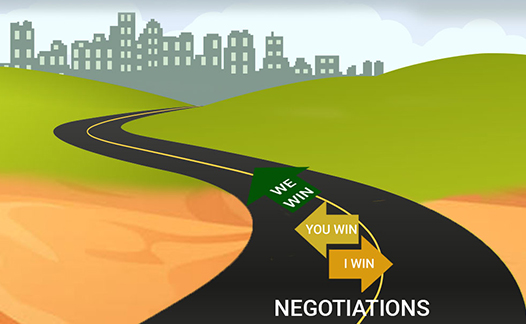
We welcome your comments on "Increase Sales using Incremental Commitments"